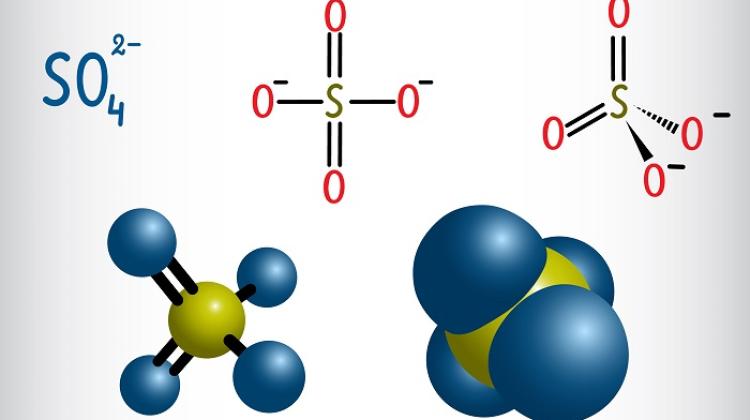Life is getting harder for plants adapted to phosphorus deficiency

Plants adapted to phosphorus deficiency invest little in the process of reproduction. In addition, they do not cope well in areas rich in phosphorus, and may become threatened, according to research, in which Polish researchers were involved.
The research of international team led by researchers from the University of Utrecht involved four of Polish scientists: Dr. Ewa Jabłońska, Dr. Wiktor Kotowski and Dr. Paweł Pawlikowski from the Faculty of Biology, University of Warsaw, and Prof. Tomasz Okruszko from SGGW-WULS in Warsaw. The results were published in the prestigious weekly "Nature". Representatives of the UW reported on the research in the release sent to PAP.
The researchers demonstrated that one of the reasons for the decline in species diversity of plants, which is associated with fertilization of reservoirs with pollutants, may be plants’ adaptation to phosphorus deficiency. The results could have implications for nature conservation strategies.
Phosphorus is one of the most important elements for plants. To enable efficient development of crop plants, phosphorus is used in fertilizers. Together with agricultural pollution it gets into the reservoirs and watercourses, and fertilises them. But what has a positive impact on agricultural crops, is not necessarily beneficial for all plants.
As shown by previous studies, habitats poor in phosphorus (these are, for example, bogs, grasslands and low-productivity meadows) are associated with particularly high species richness and a number of endangered plant species. Historically, these areas were common in Europe and occupied vast areas. Now they are becoming smaller and distant from each other.
As it turns out, plant species that have adapted to habitats with a low availability of phosphorus, have developed strategies that allow to conserve this element essential for life. The authors of the article published in "Nature" have showed that the major part of the strategy is low investment in energy expensive (and therefore requiring significant amounts of phosphorus) process of sexual reproduction, i.e., production of seeds. This strategy is preferable when phosphorus is in low amounts in the environment, but turns out to be extremely disadvantageous when the amount of this element increases, for example, due to pollution.
According to the authors, the adaptation of plants to conserve phosphorus makes them particularly sensitive to environmental changes. Species that conserve phosphorus, invest a small portion of resources in the production and distribution of seeds; they are not able to effectively travel long distances, and in habitats rich in phosphorus they lose with competitively stronger species. They in fact become "trapped" on few remaining "islands" of low phosphorus ecosystems.
Limited seed production hinders the gene exchange, which can result in genetic impoverishment of the population and a decrease in resistance to environmental stress. Progressing eutrophication and fragmentation of habitats makes them increasingly threatened.
Conclusions are based on analysis of the data set containing 15 functional traits of plants in nearly 500 species at nearly 600 locations in 9 countries of Eurasia. Cooperation on the collection and analysis of data involved scientists from the Netherlands, Belgium, Germany and Poland. According to representatives of the UW, the study also used data from the Biebrza Valley, Raspuda Valley and Kampinoska Forest.
To protect specific endangered species, according to the authors of research, current conservation strategies need to be adapted. Phosphorus-deficient habitats should be preserved and eutrophication (the process of increasing fertility of ecosystems) prevented. Habitat should also be restored with natural restitution methods. It is also necessary to increase the spatial coherence of existing protected areas, for example by creating ecological corridors that would facilitate the transfer of genetic material between isolated habitats and populations of endangered species.
PAP - Science and Scholarship in Poland
lt/ ula/ agt/ mrt/
tr. RL
Przed dodaniem komentarza prosimy o zapoznanie z Regulaminem forum serwisu Nauka w Polsce.


















